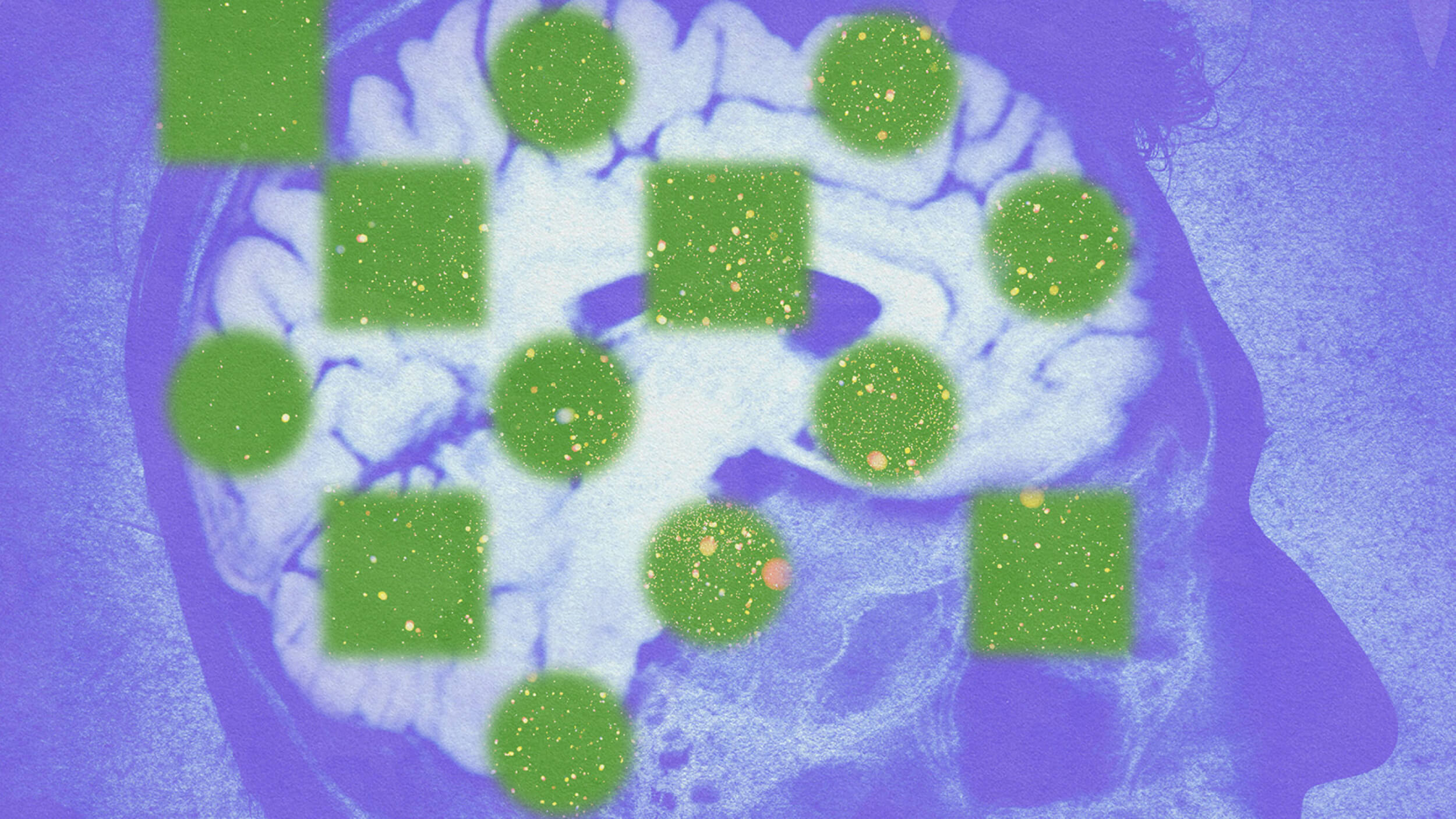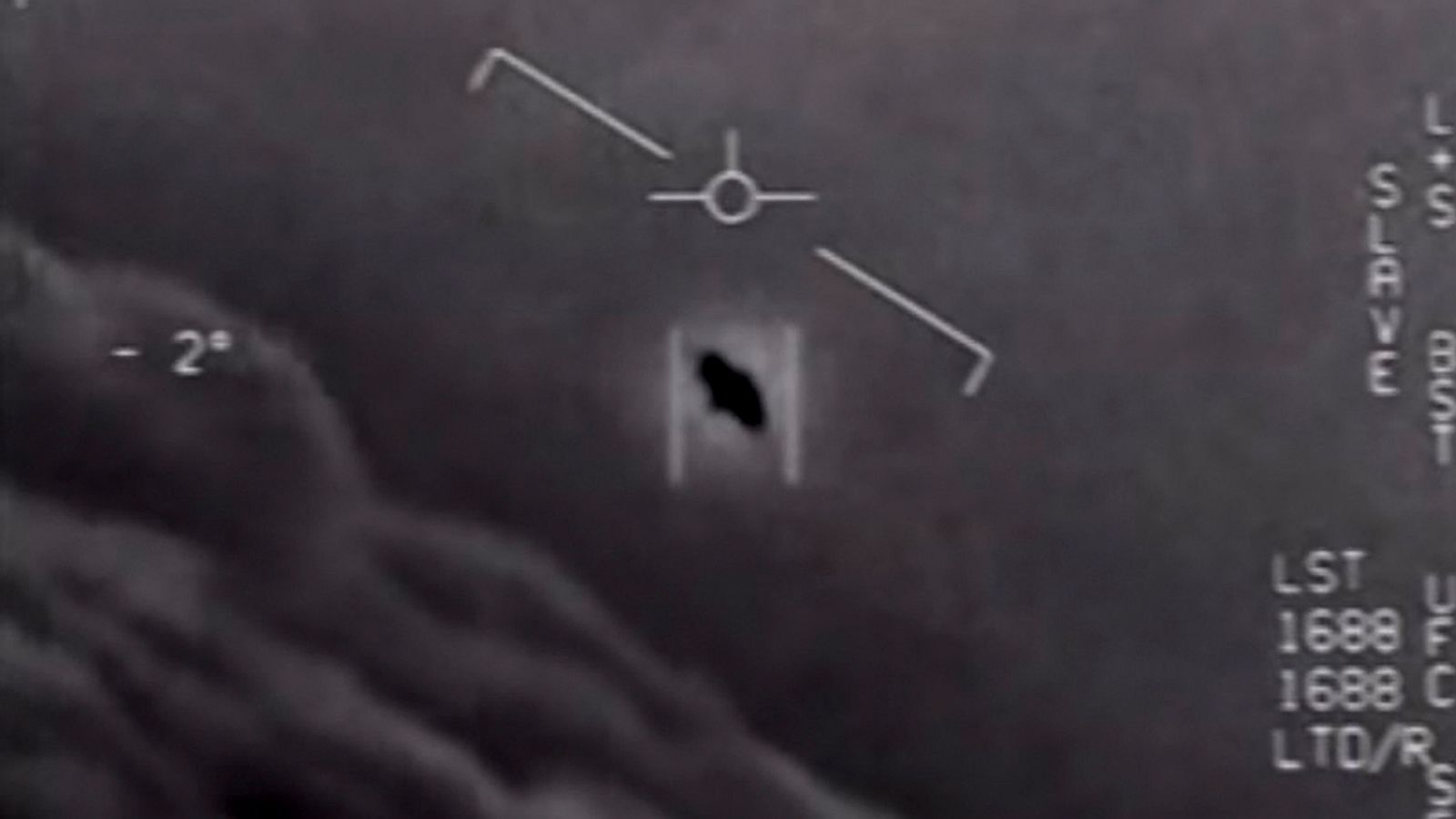Neuroscientist Tony Zador presents his cutting-edge research in auditory attention and explains why rats’ brains can be studied more precisely than those of humans.
Question: How do you study attention?
Tony Zador: There are couple of choices, so ultimately what I’d like to understand is how attention works in a human because I’m a human, but the problem is that for doing experiments humans are sometimes... in many ways not the ideal preparation. They’re not the ideal subjects and the reason of course is that we don’t have access to what is going on inside the human brain at the level of resolution that one might like and furthermore, we don’t have the means of manipulating that activity within a human in a way that we can actually probe what is really going on, so although one preparation that has been and is, remains really useful for studying attention is the human. If we want sort of a finer grain understanding we have to go to so called non-human models of attention, and there are several. The dominant one is the primate monkey... the primate model the monkey and the reason for studying a monkey of course is that monkeys are fairly similar to humans in a lot of ways. Their brains seem similar. They’re evolutionary... evolutionarily quite close. But in practice there are also limitations with monkeys, and so for my research we’ve actually moved to rodents and there are a couple of advantages of studying attention in rodents.
The first advantage is that we can scale up and study dozens and potentially even hundreds of rodents in parallel in a way that you can’t really do in a monkey. In practice, the way that people work with monkeys is they train a monkey for a year or two and then they perform experiments on that monkey for many years—because monkeys are incredibly valuable, so the kinds of information that you can get out from a monkey is really useful, but you can’t really do a sequence of experimental manipulations the way you can in other kinds of preparations. So with rodents what we do is we focus on tasks that we can train the rats and mice to perform. Our training time is typically a few weeks and then what we can do is explore what happens in their brain after they’ve learned to perform an attention task. On top of that what we can do is we can manipulate the neural activity within a rodent’s brain at a level of precision that at this point we really can’t achieve in a monkey and certainly not in a human. With a human we study groups, neural activity in patches that are you know consist of hundreds of thousands of neurons. In monkeys we can study single neurons at a time, but we can’t really manipulate whole parts of the circuit and in rodents we can actually now target subsets of neurons based on how they’re wired up and so that is what we’re able to do now in the rodent preparation.
We’ve designed a special behavioral box so that we can actually train rodents to perform attentional tasks in parallel. The whole thing is computer-controlled. The starting point for all these tasks is a rat that has been trained to stick its nose into the center port of a three-port box, so what you see is looking down on a box, the rat sticks its nose into the center port. That breaks and LED beam that signals to a computer that, ah, the rat has entered the center port and now we can program the computer to deliver whatever kind of stimuli we want, auditory... in fact one of my colleagues uses it to present olfactory stimuli, visual stimuli, but in our case it is auditory stimuli. The rat breaks the center beam. In this example what you see is that that triggers the computer to present either a low frequency sound or a high frequency sound. When it presents a low frequency sound the rat goes to one of the ports and then he gets a reward, a small amount of water. If he breaks the beam and it’s the other sound that is presented he goes to the other port and gets his reward. And as you can see the rat really understands what he is supposed to do. He sticks his nose in, goes in one way, sticks his nose in, goes the other way. He is going as fast as he can to pick up his rewards. Now what you actually hear on this video is that the low frequency and high frequency sounds are both masked by some white noise. That is to make it more challenging for the rat and the other thing is that the hearing range of a rat is shifted from the hearing range of a human, so humans hear from about 20 hertz to about 20 kilohertz. Rats hear from about 1 kilohertz to the ultrasonic, what is for us ultrasonic, 70 kilohertz, so the low frequency sound for the rat is something that is sort of on the upper end of what we hear, a few kilohertz—I think it’s five kilohertz—and the high frequency sound in this case is beyond what we can actually hear and so what you actually hear is either white noise alone or white noise plus a low frequency sound and that is what you see.
So how do we use this to study attention? So this is the starting point for all our tasks. This just demonstrates that the rat can take sound stimuli and use it to guide his behavior left and right. We have more complicated tasks where what we do is we have the rat attend to a particular aspect of the sound stimulus, so one of the studies that we’ve done recently is the ability of a rat to focus in on particular moments in time. in other words, we train the rat to guide his temporal expectation as to when a target occurs, so in the other example what you see is that the rat sticks his nose in and he is presented with a series of distracter tones and then he goes either left or right based on whether a target sound, which is a warble is either high frequency or low frequency and what makes it an attentional task is that we’ve trained the rat to expect the target to be either early in the trial, after one or two of the distracters on late in the trial, after about ten or fifteen of the distracters that is after about a second, second and a half in the center port and in that way we can guide the moment at which he expects the target to occur and the idea is that he kind of ramps up his attention for the target sound and what we’ve found is that when he ramps up his attention in this way his… the speed with which he responds to the target is faster than if the target comes unexpectedly and that is something that we find in humans as well, so that is one of in fact, the hallmarks of attention is an improvement in performance as measured either by his speed or accuracy and the other thing we found is that there are neurons in the auditory cortex whose activity is specially enhanced when he expects the target compared with when that same target is presented, but it comes in an unexpected moment, so we think that that is beginning to be the neural correlates of the enhanced performance that we’ve seen.
Recorded August 20, 2010
Interviewed by Max Miller





